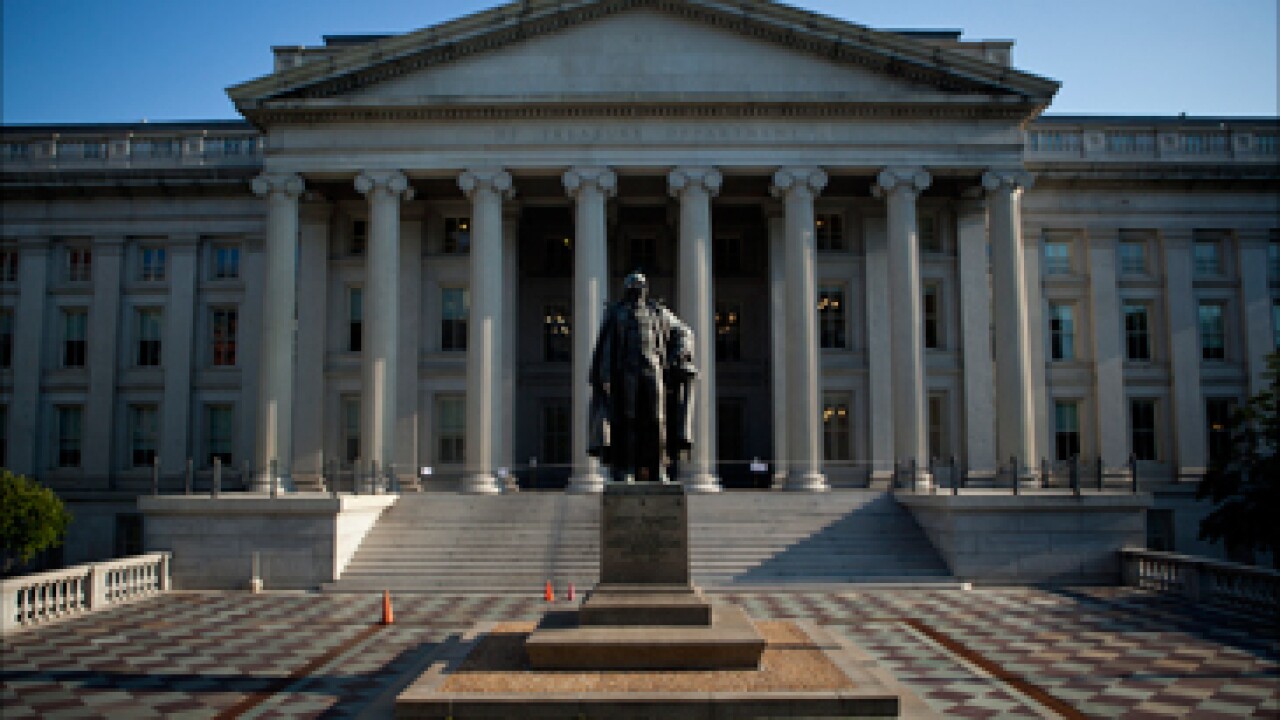The endless political debate about whether the financial industry has too much or too little regulation distracts from a much more salient inquiry: Are the regulations on the books, in fact, effective? Are they rightsized to the market where they’re applied? Do they properly address the inherent risks?
I’ve spent decades working in the world of financial regulation as a lawyer in private practice, as a federal regulator and now as CEO of a regulatory advisory firm. For all the vitriol among practitioners and regulators, I remain impressed that nearly everyone in a position of responsibility for bank regulation in Washington today sees the basic contours of the challenge through the same sensible lens. They are advocates of smart regulation — not
None among them denies that there’s a need for some serious and meaningful regulation. And banks need to continue having the top talent we have at the bank supervisory agencies. Deep recessions, financial crises, fleeced consumers and insider trading hurt every legitimate financial services company. But they’re also aware that too many of the financial services regulations aren’t as effective as they need to be. Many are so convoluted that it obscures the substantive target of the exercise.
Take, for example, the mountain of paper that has to be generated to buy and put a mortgage on a house. When I received my “pile” at our home closing years ago, I was offered the opportunity to read each page. I passed, and once we’d signed everything, I turned to the nearest trash can and threw my copies right in. While these papers were designed to protect unwitting homebuyers, even practicing lawyers find most of the
That’s not to suggest that mortgages should be deregulated. But like in other areas of financial regulation, the U.S. (and for that matter, virtually every other country) does a bush- league job of differentiating between smart and dumb regulation. Some of the problem is born from duplication. Some regulations are simply out of date. Others are unclear or overly complex. The issue, in many cases, of excessive burden is that it affects not only those working in the financial system but the broader public as well. Bad regulation either fails to protect the public or undermines economic growth.
So how can regulators keep the system and the public protected? Tasking the various regulatory agencies with the burden of policing their own mandates is nice in theory — but it’s certainly not enough to maximize the impact of reform. For a more academic and comprehensive look at regulatory effectiveness and efficiency, regulators need to engage the private sector and the academic sector on an ongoing basis. In that vein, there should be a National Institute of Regulation, a stand-alone institution that emulates the sort of brainpower and contribution seen at the National Institutes of Health, for example.
The private sector would be encouraged to lend its expertise. The institute would be one of the first places someone could bring attention to an outdated, ineffective or simply overly burdensome regulation. But the institute would remain financially independent. Independence, academic rigor and integrity would be the heart of the culture.
Other approaches to smart regulation may work just as well — the institute is just one possible venue to separate the wheat from the chaff. Regardless, the debate in America about financial regulation must move beyond the mindlessness about whether there’s too much or not enough. As the world changes, the cops on the beat need to adjust. The question is whether the guardrails protecting the public are effective and appropriate to the markets they govern. The answer today is undeniably no — and that now threatens to undermine the nation’s economic growth and consumer well-being.





